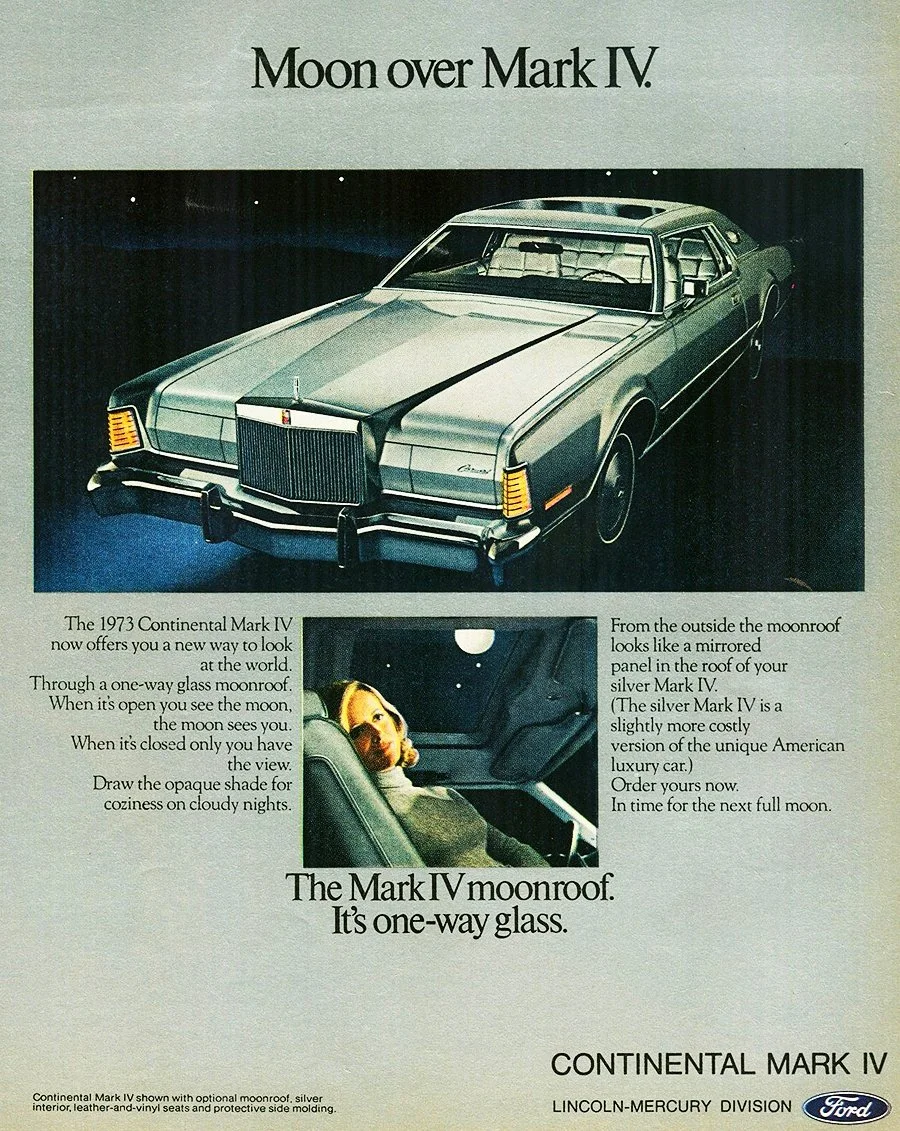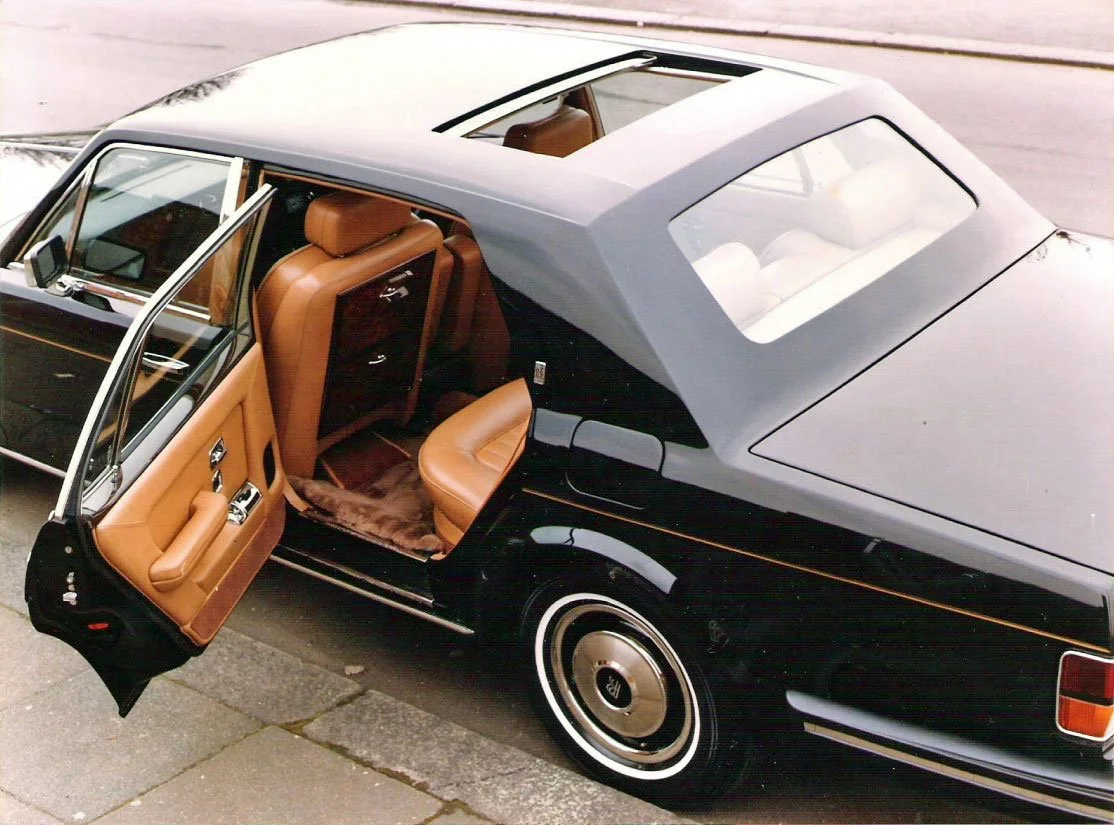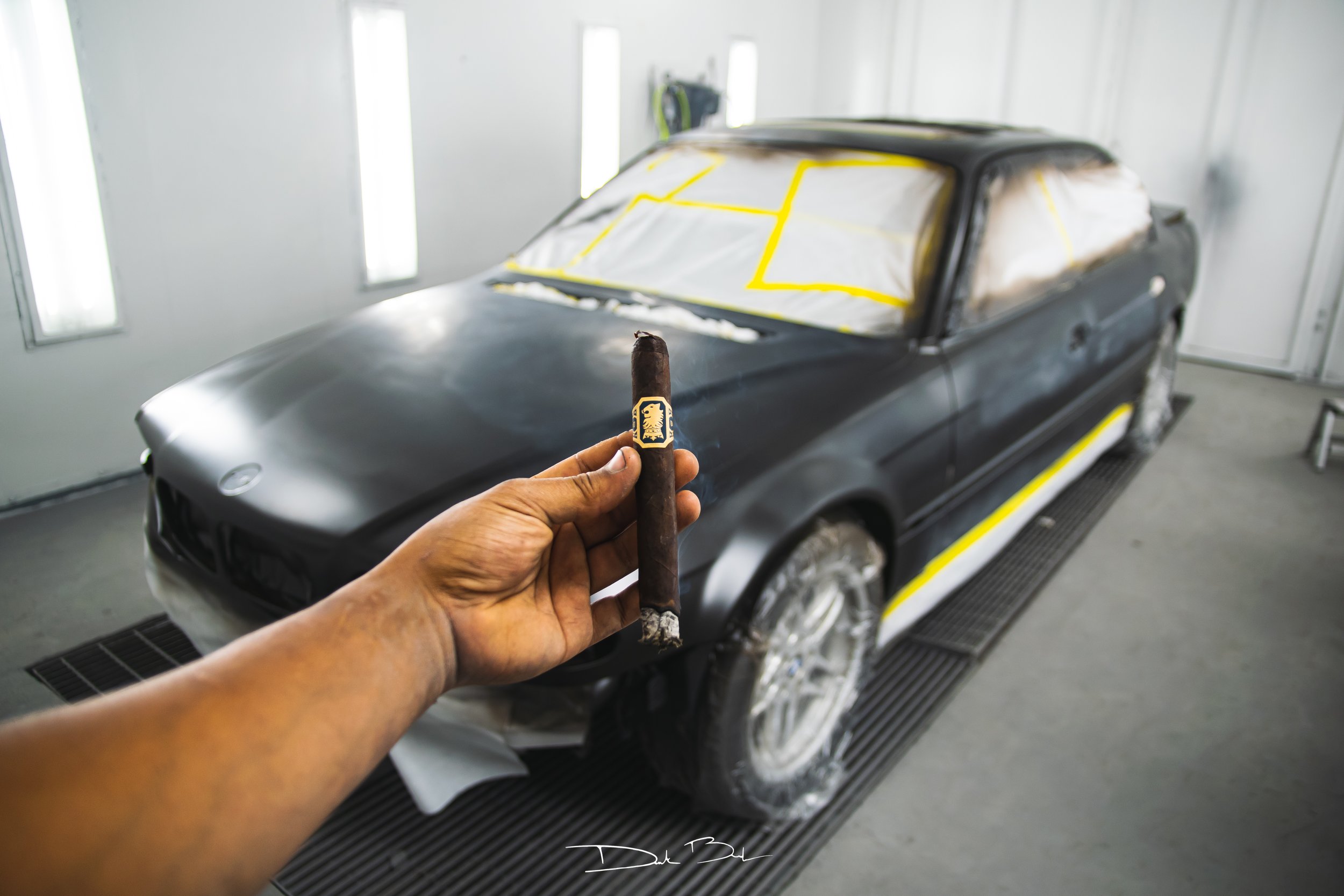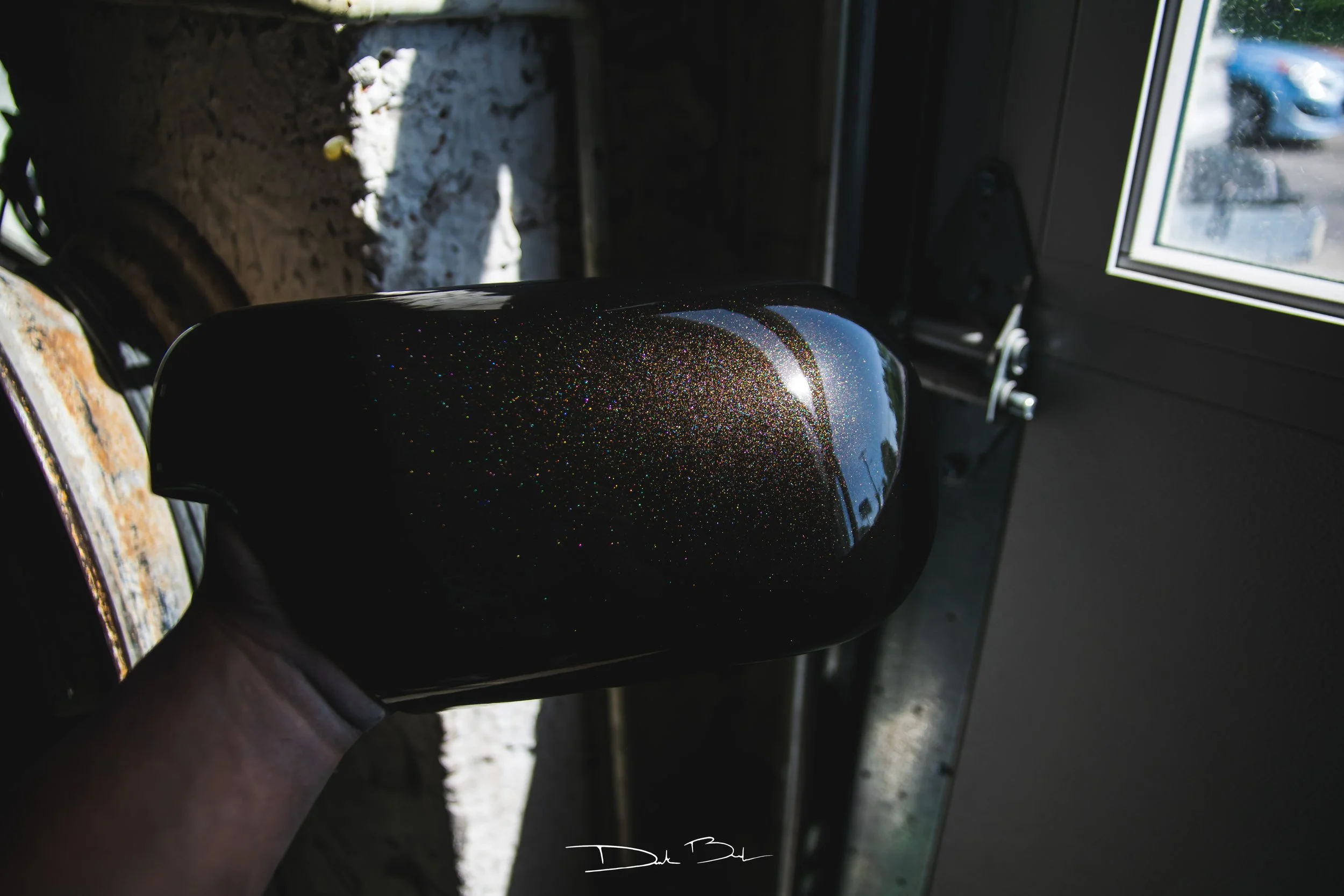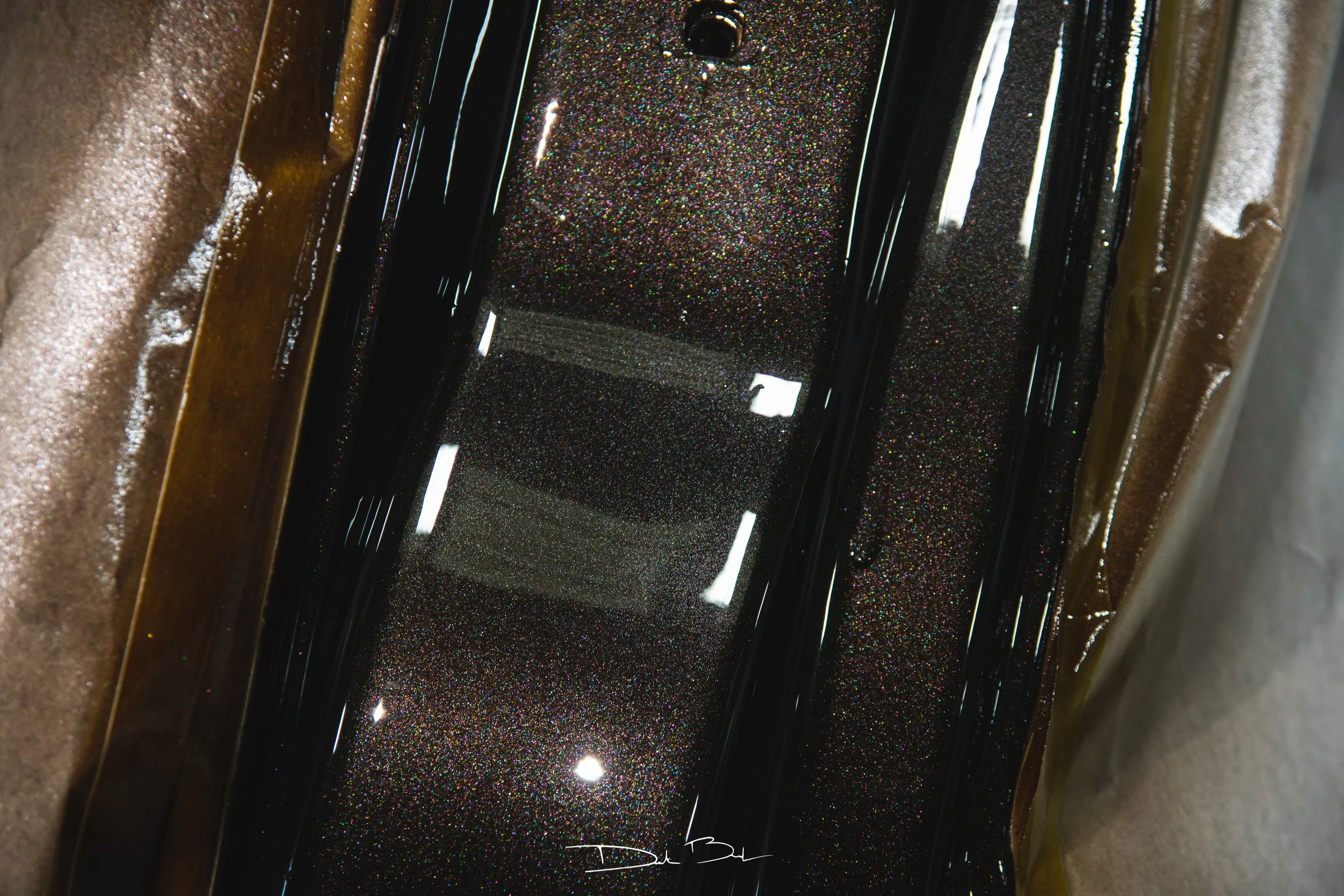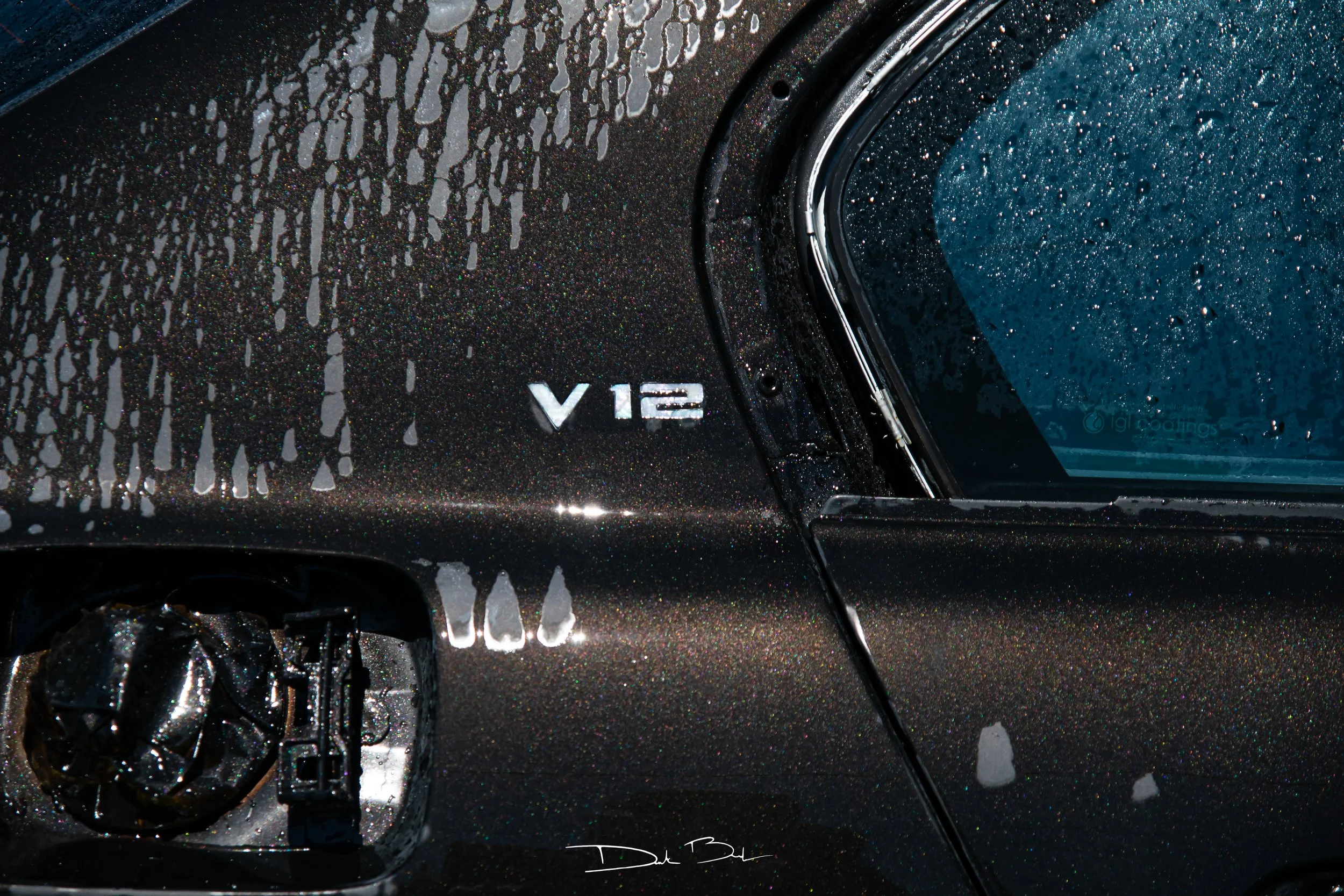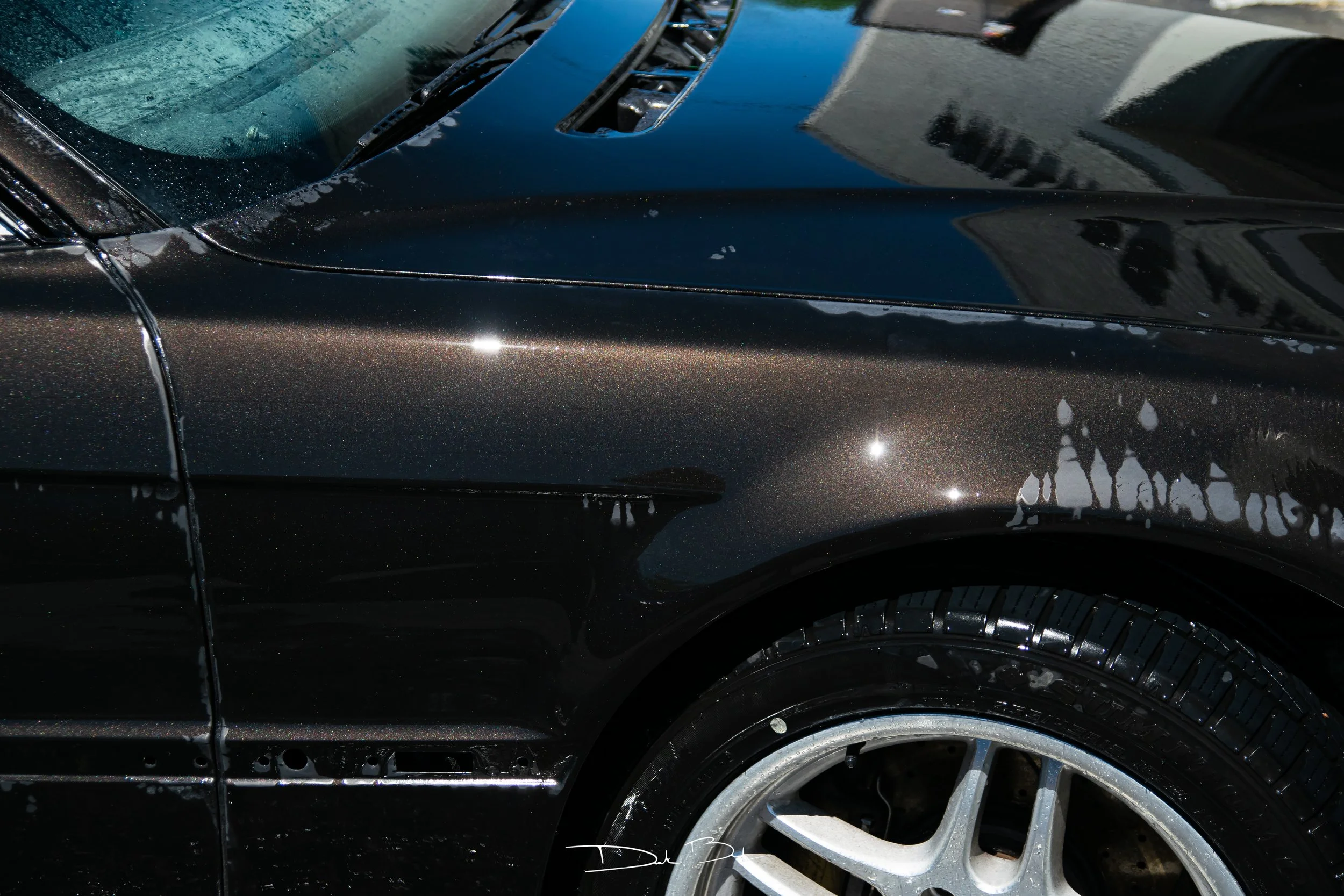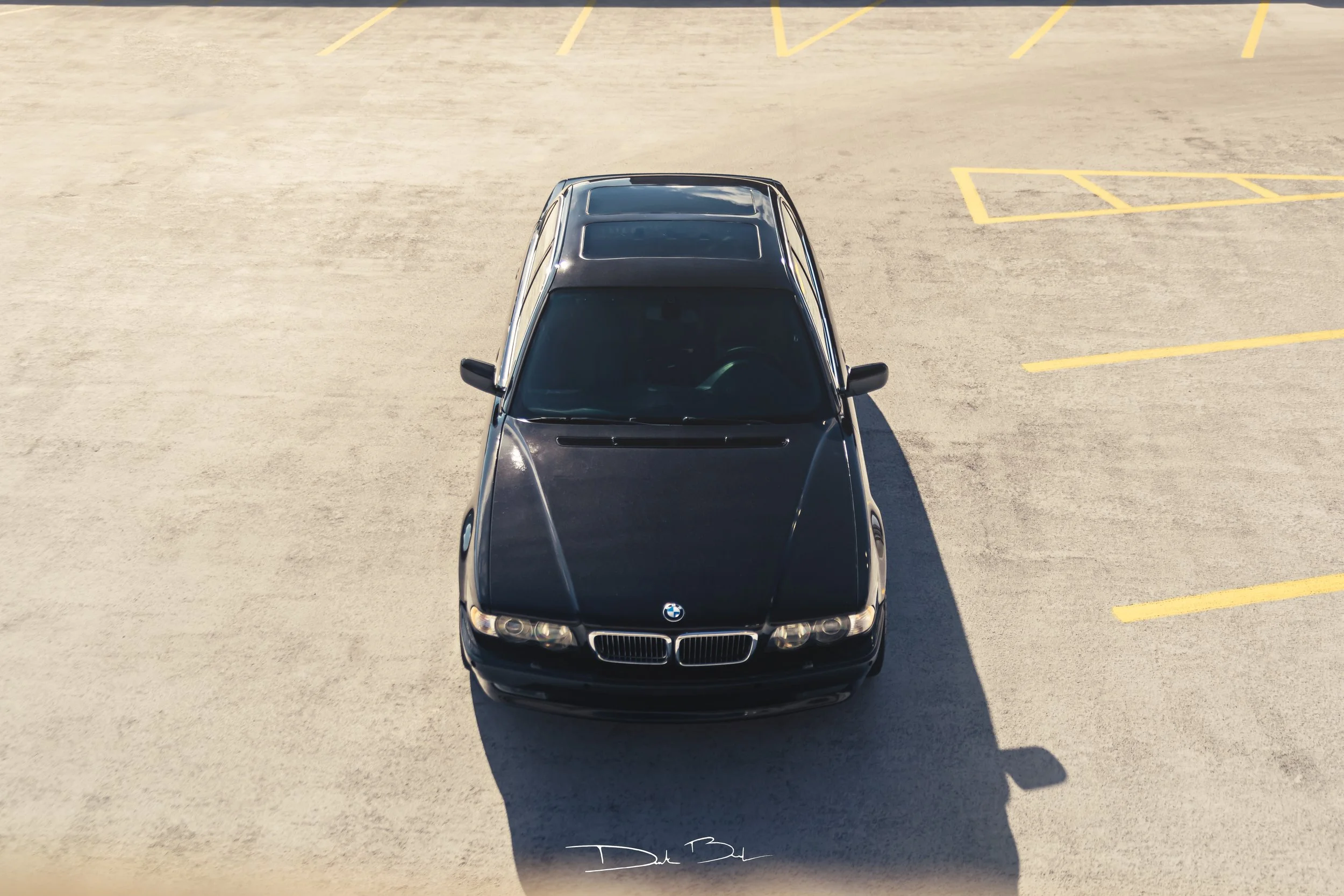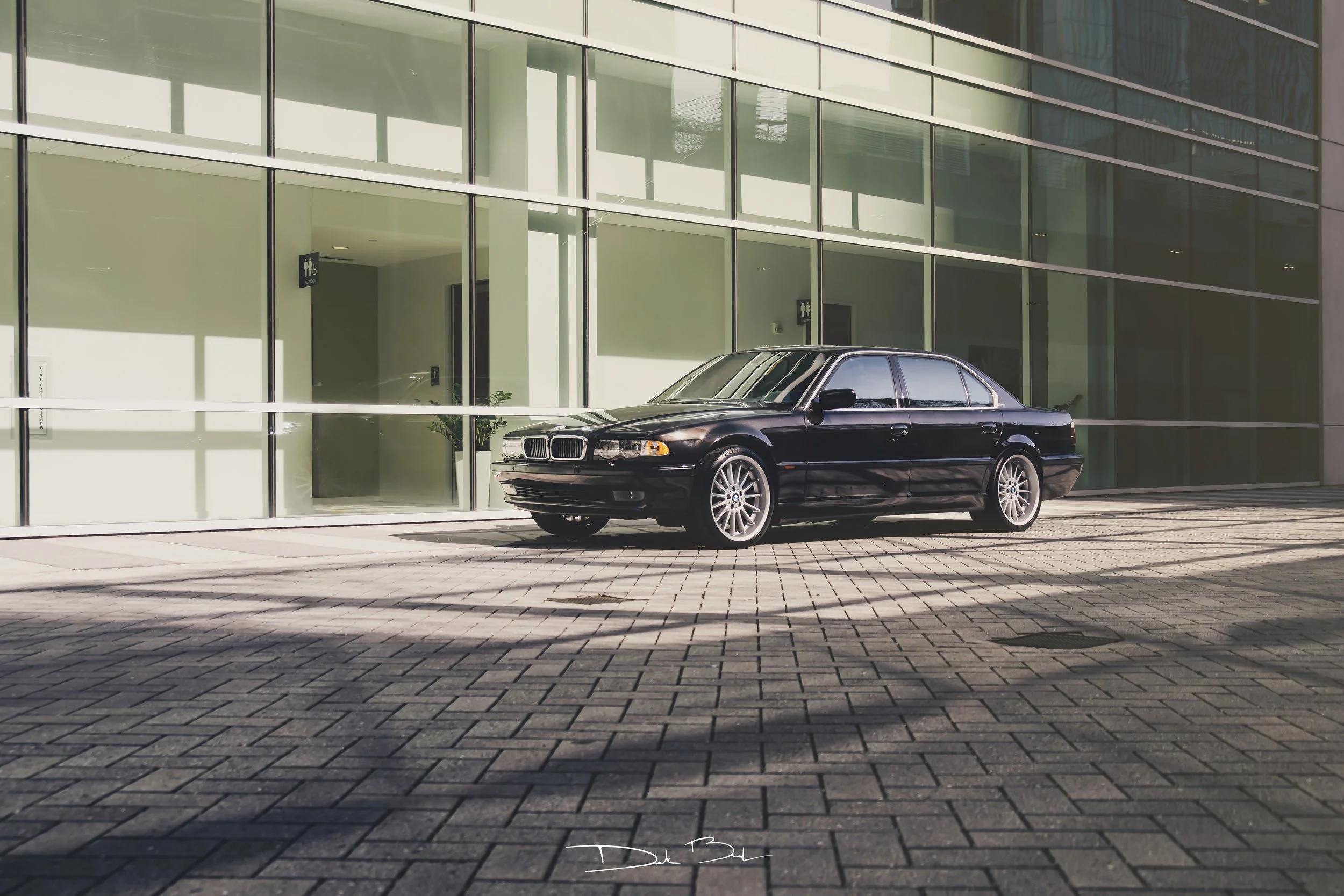In the spirit of a personal oasis
I decided that a humidor was insufficient in terms of creating a warm, deeply familiar and natural space to spend time - I wanted to create a yet-further engaging environment by utilizing that which is amply available to us all: light. Sunroofs are far from a new concept in the span of automotive history; “The first sunroof appeared not too long after the appearance of the first closed-bodied cars, and in a country not known for its abundant sunshine. In 1925, Noel Mobbs of London was the first to commercialize (and patent) the sliding roof panel using the trade name of ‘Pytchley.’ — Tom Halter. Tom mentions in that article that in 1927, the first sale Mobbs made of this idea was to a perhaps unfamiliar, but very prominent name: Daimler AG. Y’know, the Mercedes-Benz and Chrysler parent company. However, there was another company already famous for mobile roof solutions at the time, Golde Schiebedächer.
Despite predating Mobbs by decades, Golde experienced troubles selling their technology to manufacturers; but post WWII, they found success in the 1950s supplying mechanical roofs for German companies such Volkswagen, BMW, Mercedes-Benz, and Porsche; later landing a deal with Ford for the Thunderbird model, and at a hefty cost to the consumer.
Come the 1960s, the American Sunroof Company, known in short as ASC had formed having associated with a member of the Golde group. In 1965 ASC “had moved to Los Angeles, where it was renting garage space from George Barris, installing sunroofs for stars and celebrities in L.A. Early ASC customers included Frank Sinatra and Steve McQueen”(1). So yeah, they became something of a big deal, later striking deals with American automakers and their subsidiaries like Ford and Lincoln, synonymizing the concept of a sunroof with the swanky luxury of the 70s. Speaking of swanky, they had a junior company making all of the ridiculous add-ons that come to mind when you imagine a boisterous car of the era…”"The Custom Craft catalogue was filled with custom hood ornaments, ‘Super-Fly’ headlight treatments, fender skirts, and dash-mounted televisions. You could order all of this stuff from your local Cadillac or Lincoln dealer”(2). By the 90s, ASC would become responsible for nearly all OEM roofs that featured any moving parts - metal, glass, and canvas included.
So, no, chopping tops is not a new concept for neither the hot-rodder or the OEM. However, in effort to push the envelope yet further, other pinnacle coachbuilders like Hooper or Mulliner Park Ward(English companies doing work for Rolls-Royce and Bentley) would employ a subtle detail that completely changed the focal point: putting the sunroof in the back of the car.
This detail does so effectively because its one thing to drive yourself and your lady to Sparks Steakhouse, but its another to be driven there. It evokes one feeling to see the open road before you, and another to be enraptured in world all your own. Think of the feeling of wonder you experience when you look up at the night sky, the feelings of curiosity, inspiration, serenity. I wanted this for myself, but on my own canvas. Inspired by this goal, I went and sat in a multitude of modern cars utilizing this idea. The new 7 series, the new S-Class, Bentleys, Rolls-Royces and so on. I wanted to really absorb the senses and employ them in my own way.
So… having a parts car at my disposal, I decided to cut the roof out, since the shape and proportions of the roof were already fit to my body style. I decided to do two roofs instead of just a rear one because I still drive my E38. A lot. Keeping the open air feeling up front was just as important as the rear.
Doing this allowed me to grow familiar with the inner workings and structure of the E38’s roof and think on how I would implement it. I cut the headliner in half as well, so to negate having to recreate the sunroof shape.
At this point, I figured that jumping in and cutting my 750’s roof out would be moving in haste, so I started with the headliner portion in terms of placement. This involved cutting the factory sunroof cassette’s rear panel out(mind you, I’m using the original to cut down on engineering and R&D); then cutting the donor board down to a rough shape, then cutting the same shape from the main board and then using fiberglass to marry the two panels.
Once married, I removed my original headliner — would you believe this idea started because I had a saggy headlining fabric — and put the modified cassette and board in to get a feel for how everything would look and feel, to work on ergonomics and such.





I also modified the harness for the sunroof switch and overhead/interior lights. In the spirit of opulence, luxury and control, rear occupants could control the sunroof and lighting by simply reaching upward instead of asking the driver, or worse, having to leave their comfortable position to inflict change of the environment. Here’s the first test:
While it reveals… cardboard, its still exciting — its interesting that our brains can’t distinguish excitement and nervousness, because the next step is to cut a hole in the roof of a car. In the spirit of “procrastination” guised in a strive for perfection, I also decided to add Mercedes-Benz W222 S-Class rear vanity lights, because they look awesome and act as door lights for the middle of the car. I removed the factory headliner material from them and added the black suede I’d be using to cover the whole board.
With that out of the way, it was time to do the fun part and engage in surgery — Well, preparation therefor. I took the sunroof panel I cut out before and slimmed it down to only its most necessary parts, and fabricated a lip for the glass to rest on.
And then…
So that happened. A little awestruck, I marched on. I intentionally cut the hole a bit smaller than the new sheetmetal that was going in place, used a flange tool to create a lip for it to sit down into, then welded it all together, resulting in one of my favorite images of myself:
And with that, I have the first BMW E38 7 Series with not one, but two sunroofs. At this point, I’m on top of the world and sort of in disbelief that I’ve just pulled this off. No, I’m no Golde or ASC, nor the first person to add a sunroof where there wasn’t one, but for someone with limited resources, this was damned cool and worth being proud of.
From there, bodywork and paint began. In tandem, I did the headliner when the material came in.
And with that, I have the world’s first and only E38 completely coachbuilt with two sunroofs to boot, in addition to the other features I’ve added and written about like the inlaid + illuminated mother of pearl and the aforementioned humidor.
In practice:
So there you have it. This project, like all that I undertake, was deeply personal in terms of me testing myself to see how far I could take my abilities, how I could exercise my design and engineering minds together to create something I could enjoy for years to come. Since completing this in 2022, I’ve spent much time back there gathering thoughts, enjoying cigars, food and drinks — really using it like the personal oasis I set out for it to be; and very much like the aforementioned Rolls-Royces and Bentleys intended for their occupants to experience.
Thanks for reading.
Derrick D. Bundy,
M&B Detailing & Coatings


